Storz couplings have a great resistance against corrosion, acids and water and are frequently used by firefighter. This is why they are also known as firefighting couplings
or fire hose fittings. Their resistance is dependent on the material which is why there are different materials available.
Not only are these fire hose fittings excellent for working with water and other fluids, but Storz couplings are also able to connect hoses together.
In this article, our expert Stefan van der Veen will detail how Storz couplings are used in the field.
When do you use a Storz coupling?
Storz couplings, or fire hose fittings, are symmetrical couplings with a bayonet locking that is protected by a collar.
Storz couplings are meant to connect either hoses or fixed connectors together.
By symmetrical couplings is meant that both locking heads are exactly the same (there are no male or female halves)
and that the connection can only be established safely in one way only.
Storz couplings are typically used in the firefighting department and are highly suitable for the transportation of water.
All couplings are provided with a NBR seal, for aqueous and oily fluids. Different seals are also available.
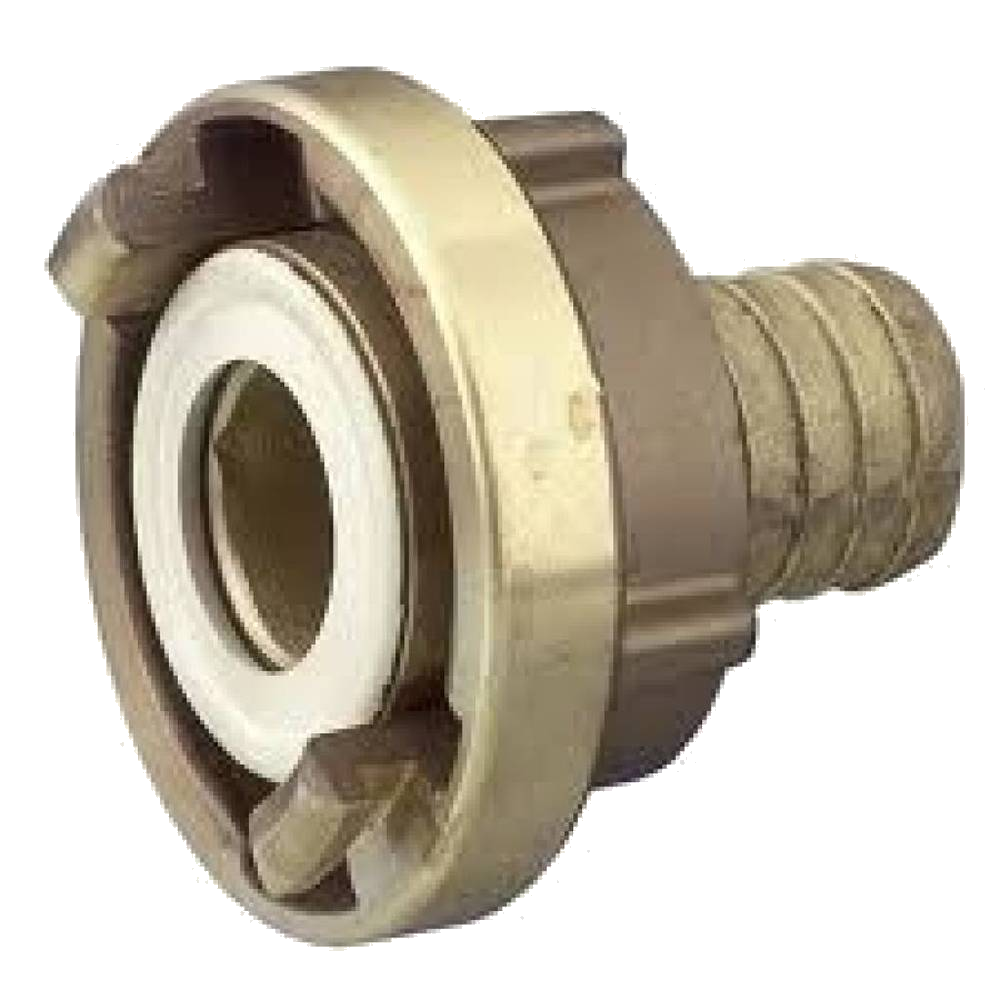
Assortment of Storz couplings
Discover the assortment of Storz couplings at the ERIKS website
and find the right product for your application.
View the assortment
Storz coupling features:
- Working pressure: PN 16 (if not otherwise specified)
- Available seals: NBR black, NBR white, Silicone, FPM
- Available materials: aluminium (AL), messing (MS), bronze (RG5; seawaterproof) and stainless steel (RVS / SS)

Storz couplings can usually be assembled by hand.
It is possible that these fire hose fittings may jam after it has been under pressure.
If the coupling jams you could make use of a Storz wrench.
You identify the Storz coupling size by measuring the distance between the two lugs, also called the Lug Distance.
How do I measure the lug distance?
You can identify the lug distance, also know nas the 'Knaggen-Abstand', by measuring the inside distance between the lugs with a caliper.
Lug distance could be: 31 mm, 44 mm, 51 mm, 66 mm, 81 mm, 89 mm, 105 mm, 115 mm, 133 mm, 148 mm, 160 mm, 188 mm, 220 mm.
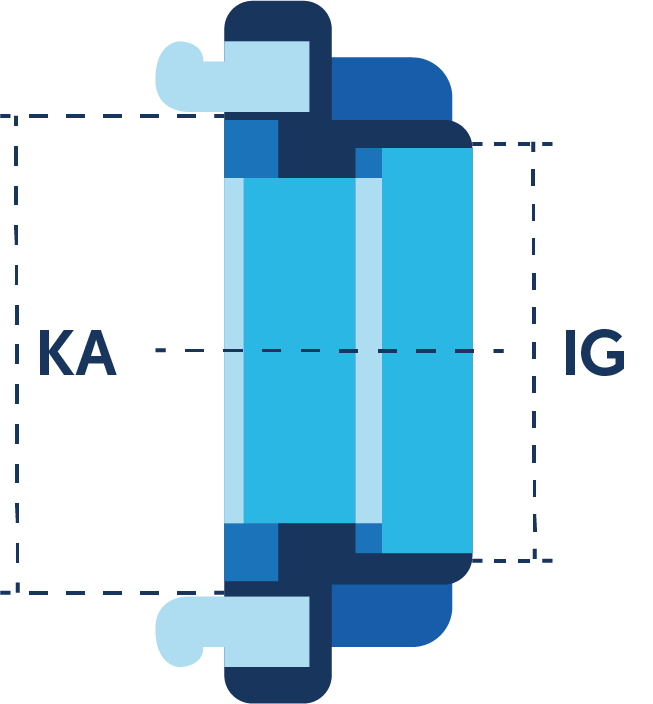
Many common sizes will also be classified by a letter:
- A: Lug distance 133 mm
- B: Lug distance 89 mm
- C: Lug distance 66 mm
- D: Lug distance 31 mm
Different Storz coupling types
Storz couplings are available in a variety of types.
Not only does ERIKS deliver separate fire hose fittings, but we are also able to deliver fully assembled hoses with a Storz coupling attached.
We will describe the most common Storz couplings below:
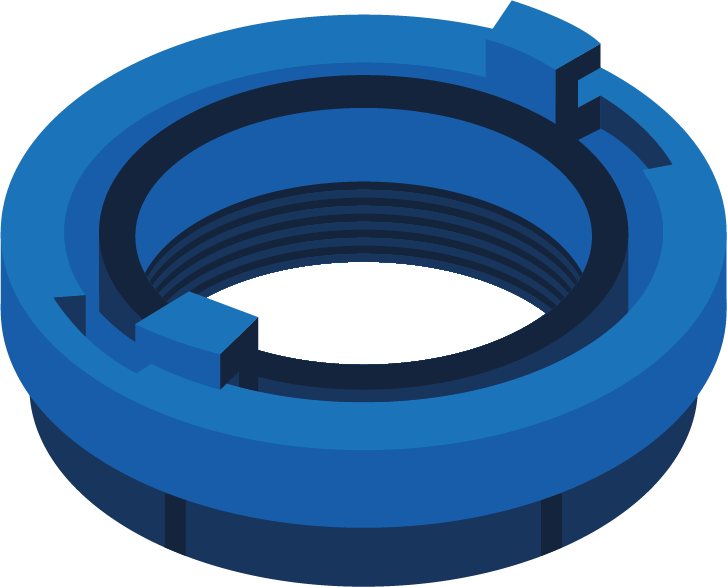
A female threaded Storz coupling is typically used for fire hoses, PVC- and other pipes but also within the shipping sectors, construction and the industry sector.
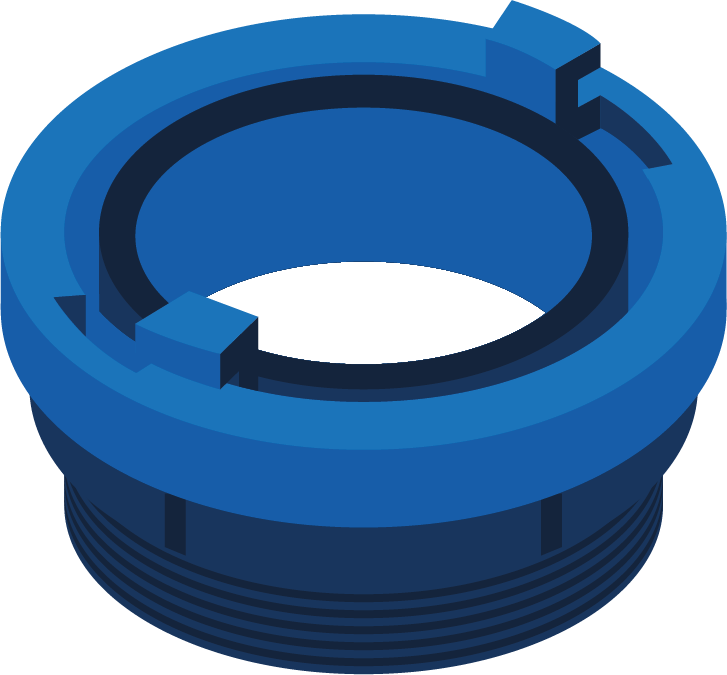
A male threaded Storz coupling is typically used for fire hoses, PVC- and other pipes but also within the shipping sectors, construction and the industry sector.
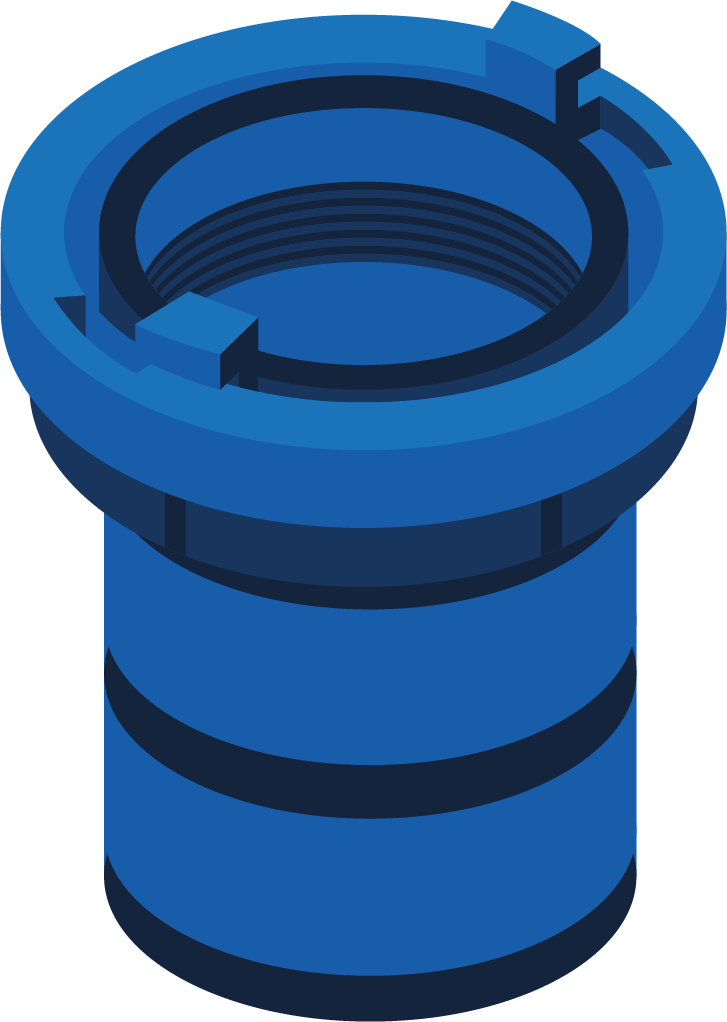
This Storz coupling has a short hose tail and is used for firefighting, agriculture, trucks as well as industrial cleaning.
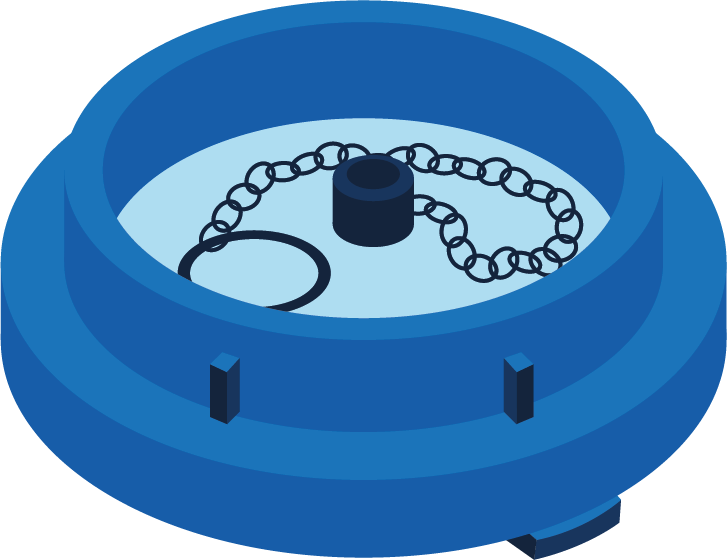
Storz couplings with a blank cap protect the hose from corrosion and possible dirt that could get into the hose.
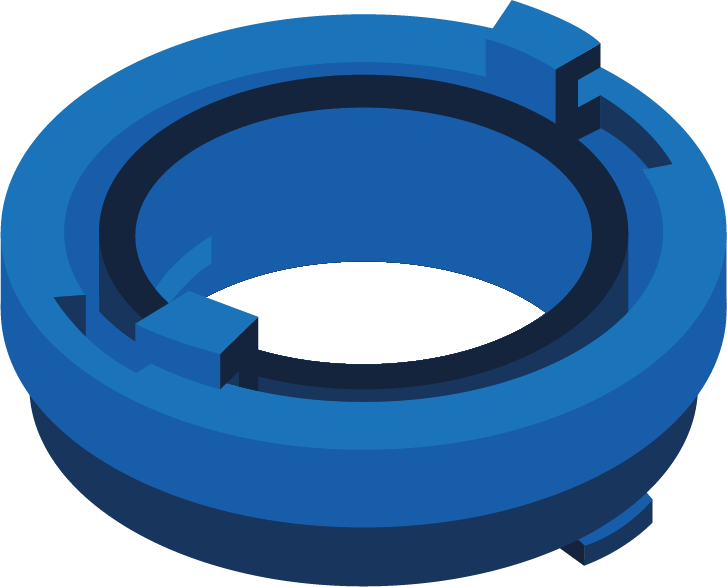
Storz reducer couplings are capable of connecting either hoses or fixed connectors together.
Other than the standard Storz couplings, there are different special variants:
- Flanged Storz coupling
- Storz coupling division piece (t-piece), can be supplied with a valve

Contact our specialists
Need another coupling, not specified in this article?
Please reach out to our product specialists who will provide you with professional advice and a thorough understanding of what we have on offer.
Call Stefan van der Veen on + 31 (0)72 514 18 22 | or e-mail at slangen@eriks.nl
Read more about hoses
The correct installation of rubber compensators requires focus and precision. These compensators are vulnerable, but once correctly mounted, nothing can go wrong.
We have collected the most important tips regarding their use and complex situations.
Read more
It isn't always entirely clear which requirements apply to your hose inspection. Is it mandatory or not?
There is only one possible answer to this question: Yes, it is mandatory! In this article, we will explain how it works.
Read more
















